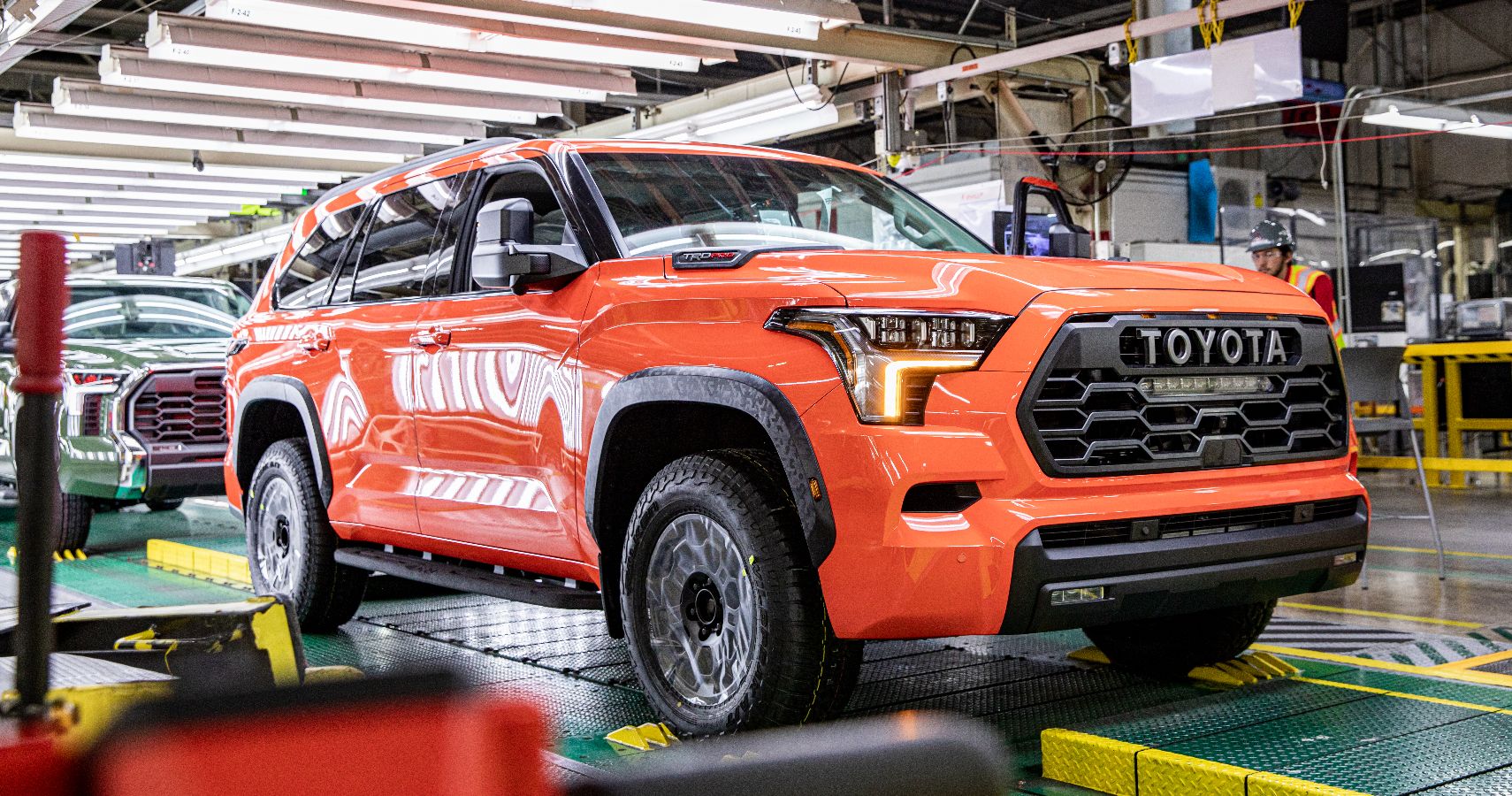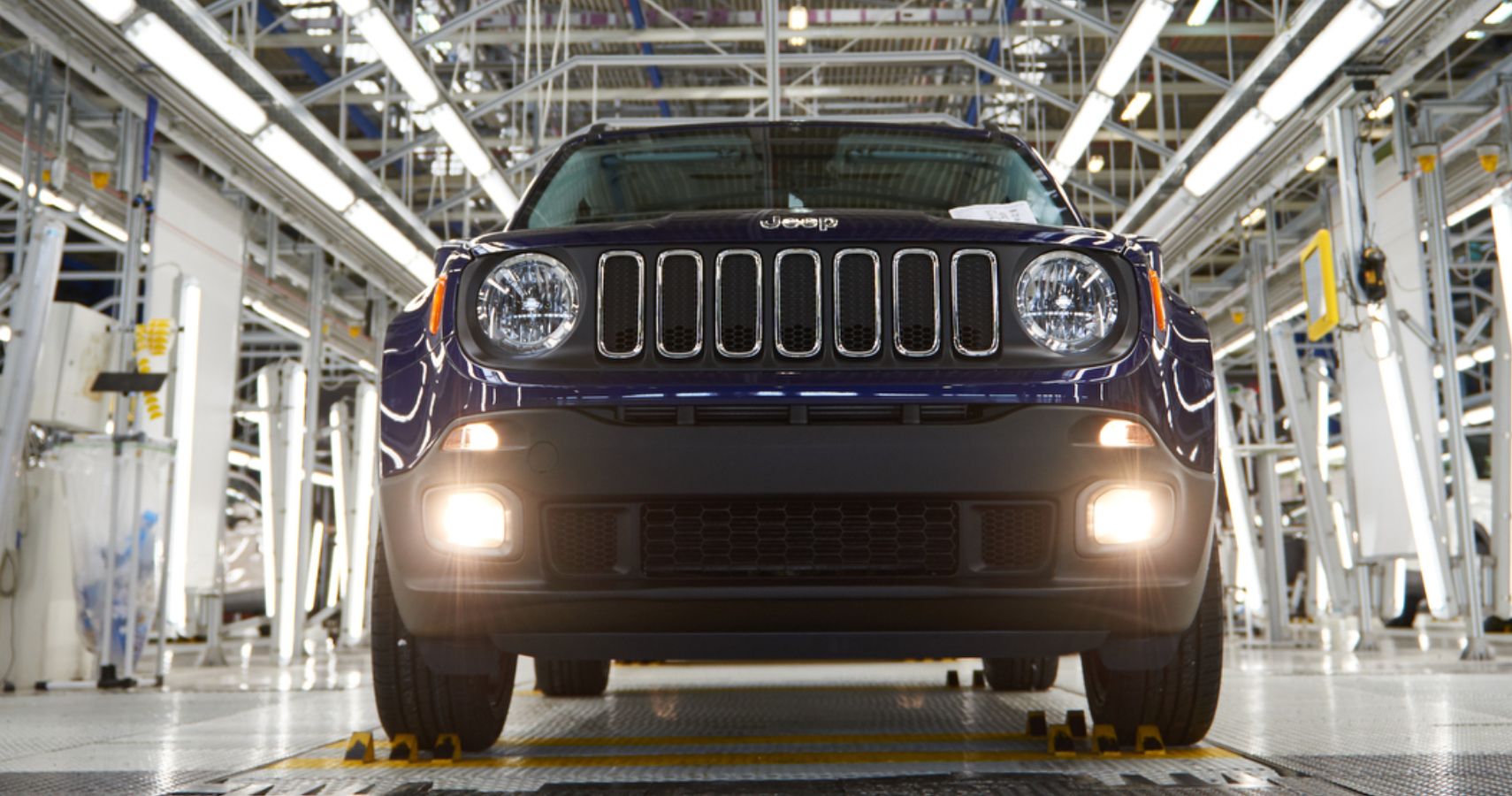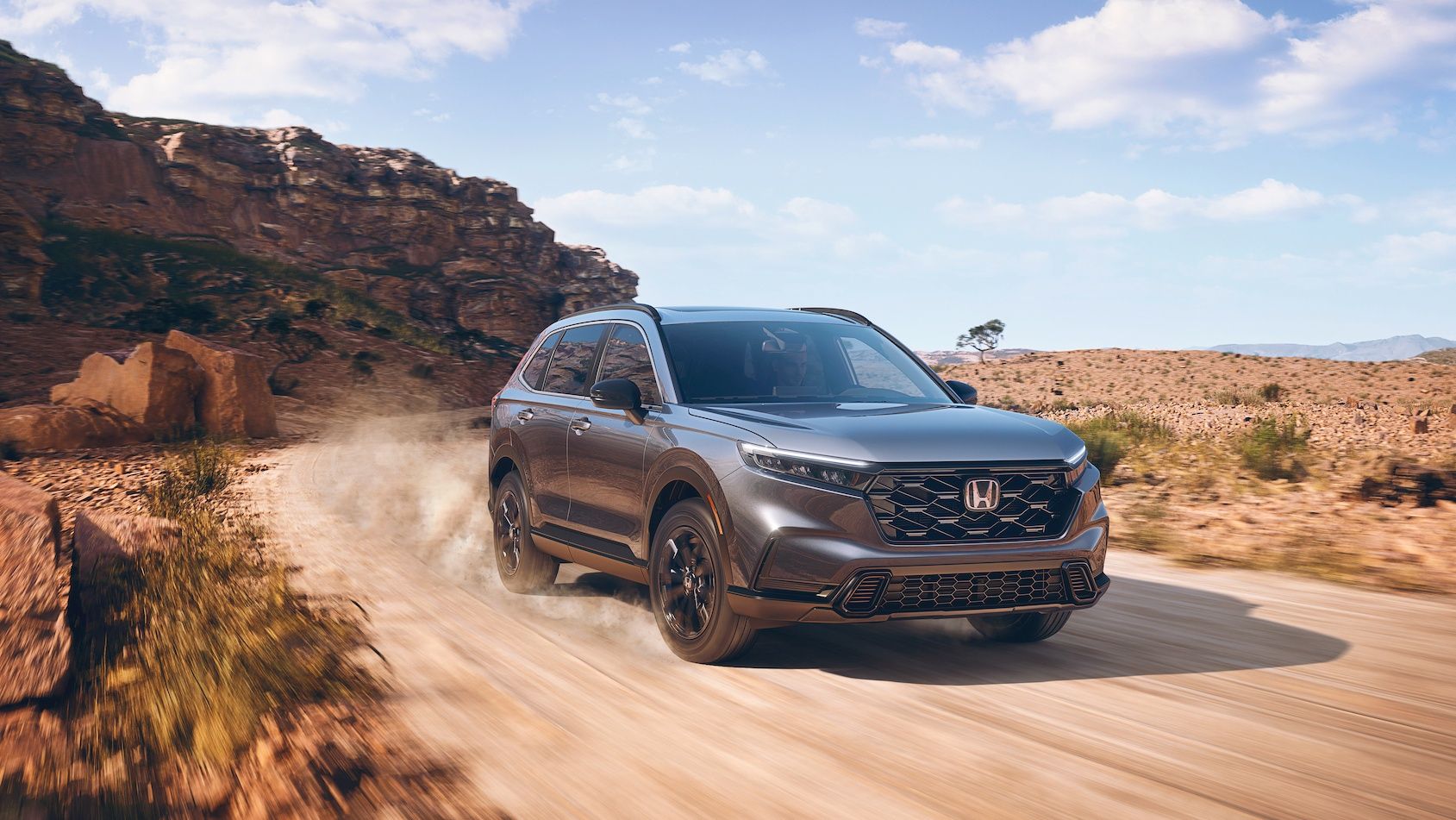New vehicle demand is at record levels, and supplies are scarce due to the pandemic-induced shortages in microchips, the conflict in Ukraine, and rising gasoline prices. Dealers are marking up many of the newest cars that are either in very high demand or very low supply. The average price of a new car grew to around $48,000 in 2022. Patience may be a virtue, but chances are that even the most patient of car shoppers are fed up with empty dealer lots and stubbornly high prices, for both new and used vehicles.
With the Federal Reserve raising interest rates across the board to ease inflationary pressures, it’s no surprise that car loans are seeing a spike in interest rates. This added barrier to a buying environment that was already unsexy is forcing consumers to consider their options. More buyers are opting for longer loan terms, think 73+ months, to make monthly payments more manageable.
Hence, it is now becoming increasingly important that consumers prepare before they go down to the auto dealership. Instead of buyers cramming into dealership lots for the holidays and year-end deals, many dealers are left with nearly empty lots. Not only are some cars just unavailable, since dealers are selling out of popular models, but the issue of dealership markups is also present.
A Classic Case Of Demand Vs Supply
Dealership markups take advantage of a model’s high demand and low supply. Dealer markups are when dealers sell cars for more than the MSRP, i.e the manufacturer’s suggested retail price. Dealer markups usually take the form of market-based adjustments that can vary anywhere from several thousand dollars up to doubling a car's price in some of the more extreme cases. They use a Market Adjustment because, for as long as cars have been on the lot, the markup that exceeds MSRP has been called the market adjustment.
Getting a finance pre-approval in advance may help buyers determine whether a car dealer is offering the best deal. Some automakers are offering to subsidize auto loans at lower rates, but the kicker is most of those offers require a shorter loan term, either 36 or 48 months. Financing a car can be difficult in today’s market, but consumers can usually save on interest costs by taking advantage of promotional APR offers.
While Tesla does not participate in MSRP markups like Market Adjustments and protection plans as dealers because the EV maker sells its cars directly to customers, they may simply bump up the manufacturer’s sticker price (which is not a deal). Tesla’s sales strategy removes dealerships from heavy-handed sales tactics and also removes the opportunity for over-markups in order to make more money on vehicles that are in high demand.
Wait To Save
In addition to listing markups, a crowd-sourced website called Markups.org has also shown that some dealerships are selling new cars for list prices with no markups. To help take some of the shocks out of these prices, we should note the site has also listed some dealers who are waiving these markups. Luxury car shoppers also need to be on their guard, as listings for Cadillac, Mercedes, and Lexus are racking up consistently higher markups, probably thinking high-end consumers are willing to pay a higher premium.
You may need to do some comparison shopping to find a dealership willing to sell you the vehicle you like for the price you want. If consumers do find a car they like, they should expect to pay near or above the sticker price of some new cars and trucks. If you start shopping around for a new vehicle, you may come across dealers who refuse to move the vehicle beyond the window sticker price. Many forget that buying a car for its MSRP usually costs more than the sticker.
When Will It End?
With supply chain issues remaining a top concern in the post-COVID-19 environment, as well as the ongoing shortage of microchips, auto dealers are expected to continue overstating new vehicle prices, at the very least, through the remainder of the year. New cars are being supplied at lower levels due to high customer demand, and also due to automakers' lack of the computer chips used in cars and trucks to run modern electronics, like multi-screen infotainment systems, and driver-assistance features such as Forward Collision Avoidance.
Despite a continued strong demand for vehicles, we may begin to see some prices ease because of higher interest rates hitting the market, think a year to a year and a half. While prices may start falling, that might not necessarily translate to savings for consumers, who will ultimately end up paying more interest. In the current climate at least, paying a 10% markup over MSRP is a good bet. Getting preapproved for financing, depositing more down, and taking advantage of APR promotions offered in your area may be key to saving this season on your vehicle purchase.



